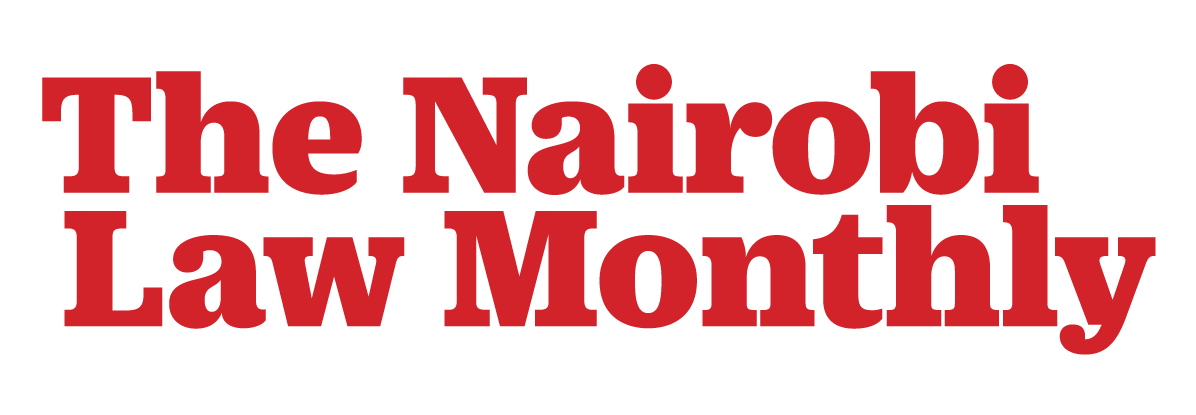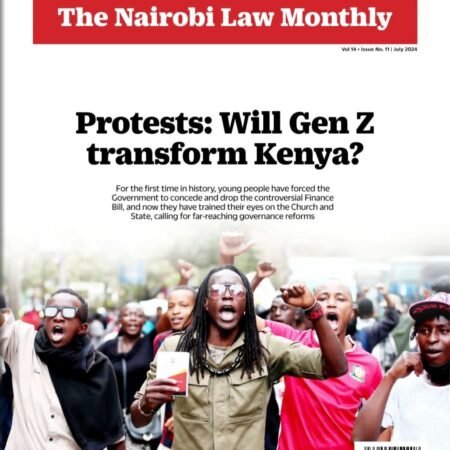By Prof. John Harbeson
The resignation of Ethiopian Prime Minister Haile Mariam Desalegn exposes the reality of a still elusive post-imperial Ethiopian state, nearly half a century after the fall of its last emperor, Haile Selassie I, in September, 1974. Ironically, it was the unprecedented resignation of a prime minister and cabinet from service to the emperor early that year that precipitated the crisis that continues to this day. The core of the crisis is that there appear to be at best tenuous understandings shared among all parties and communities on what it may be about being Ethiopian today that may supply workable foundations for them all to be able to share membership in one polity.
-
Sale!
Download Nairobi Law Monthly Magazine July 2024 Edition
Downloads Original price was: KShs200.00.KShs100.00Current price is: KShs100.00.
Only Ethiopians can address that question, but also only the fruits of deliberations at this level by visionary, respected leaders of all persuasions in the country can identify those indispensable foundations. The very survival of Ethiopia’s independence throughout its long history, however, notwithstanding numerous potentially fatal challenges, has suggested to scholars the presence of those potential foundations.
This fundamental question arises at time when the very viability of states as we have known them has been challenged as never before by non-state actors and alternative identities, their profound fragility, even collapse. Nowhere has this been more the case than in the Horn of Africa, where even the corrupted European colonial model of the state set down only relatively tenuous roots, and not at all in Ethiopia except briefly during World Two, and depending on how one views now independent Eritrea. These circumstances have posed distinctive challenges for Ethiopia because no process for designing a post-imperial Ethiopian state has ever been allowed to emerge following the emperor’s rule or by either the successor authoritarian military regime or the present Ethiopian People’s Democratic Revolutionary Front (EPRDF).
Two irresistible imperative movements arise simultaneously to challenge the task of building de novo a post-imperial state that an entrenched authoritarian regime can only hold at bay: democracy and state-making itself. The core problem has been how to accomplish both together, rather than undertake one at the expense of the other. In 1974 the democratic flowering, which I was privileged to witness in person, succumbed to the military committee’s insistence that feudal socio-economic structures of the old order must be transformed first before a post-imperial state could be formed to support democracy, a state the Mengistu dictatorship never allowed to be born.
The Ethiopian People’s Revolutionary Democratic Revolutionary Front’s (EPRDF) great achievement was the broad-gauged insurgency that brought down the Mengistu regime in 1991, with some significant international assistance at the moment of triumph. Widely viewed as one of Africa’s new, modernizing leaders at the time, EPRDF leader, Meles Zenawi, advanced a vision of an ethnic confederal post-imperial state, allowing all ethnic communities great latitude in self-governing. But from the beginning, the EPRDF has never permitted the terms on which that vision might become a reality to be thoroughly negotiated – not at the conference of most parties after the takeover in 1991, not on terms by which militaries might share security provision responsibilities in the early days of the transition, and certainly not in 1995 when the Constitution incorporating this concept was approved by a de facto one-party conference. Thus, bringing together the leading statesmen of all parties to ascertain what might be viable shared foundations for a viable post-imperial state is much needed and has never really occurred, except to some extent within some opposition party circles.
For the past twenty-years, EPRDF has been essentially a four-party coalition led by the Tigrean People’s Liberation Party (TPLF), joined by Amhara, Oromo, and Southern Peoples parties. This coalition has engineered one of the strongest economic development records in the continent while ensuring that its influence, especially that of the TPLF, pervades all economic and security sectors. At the same time, the EPRDF has run the country in a highly centralised, authoritarian fashion, the provisions of the 1995 Constitution notwithstanding. When, however, the EPRDF sought to unilaterally extend the capital Addis Ababa’s borders at the expense of Oromia in 2016, the EPRDF demonstrated to all constituted ethnic communities that not even the borders of their autonomous communities, on which they had come to rely, were safe from unilateral EPRDF transgression. This ill-conceived EPRDF step, though retracted in the face of massive protests, has been instrumental in precipitating all that has followed.
Simultaneous releases of thousands political prisoners in Ethiopia combined with new harsh state of emergency cracking down on almost all forms of political expression have dramatized the clashing demands of democratisation and real state-making. The reality is that the EPRDF has been just another surrogate for a yet to be constructed post-imperial state, a process that requires establishment of a framework within which all parties can truly participate. Unaddressed, the prospect of chaos looms.^
Writer is professor of Political Science Emeritus, and a professorial lecturer for the African Studies Program at Johns Hopkins University, School of Advanced International Studies


